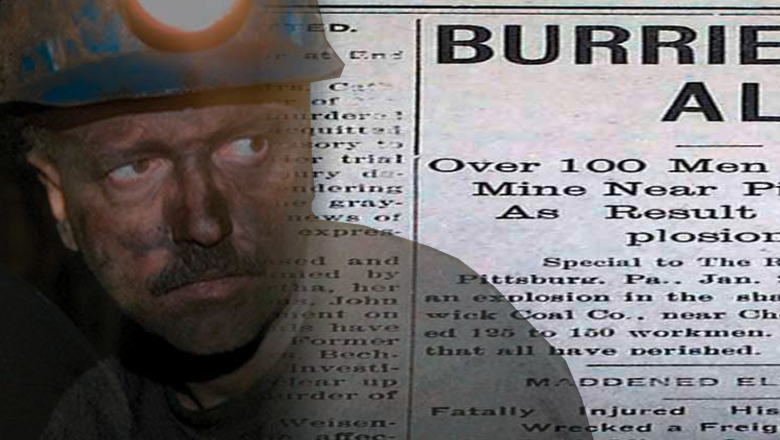Purpose
As stipulated in the statutes of the Foundation, it is not the saving of life as such that is recognised, but the rescue act “of extraordinary heroic character”. The rescuer has voluntarily risked severe personal injury or even death in order to save the life of another person. The Foundation does not recognise acts of rescue that do not require any particular courage, or that may be considered the duty of each individual to perform on behalf of his or her fellow human beings. In the case of a rescuer being killed in the course of saving a life, the Foundation is empowered to grant the rescuer’s immediate family nonrecurrent or continuing financial compensation.
The Acts of Rescue
In defining the purpose of the Foundation, Andrew Carnegie was inspired by the numerous life-threatening rescues performed in mining disasters both in the USA and Great Britain. In Switzerland, however, comparable rescues below ground are known virtually only from the media. Accordingly, other types of heroism are reported to the Foundation: “Rescue actions in water, in burning buildings, in rooms where poisonous gas has escaped. Victims saved from angered and dangerous bulls, from shying horses, from an approaching train.”
Changes in the political, social and ecological environments are reflected in the type of rescue action. Today, the sites of rescue actions are distributed as follows:
40% in water
30% in road traffic
20% in burning buildings and vehicles
10% covers a wide spectrum of rescue actions spanning those performed in mountainous terrain to the rescuing of victims from a criminal attack.
The Grants
The Foundation bestows grants in the form of nonrecurrent or continuing financial compensation – the latter in the form of pensions. The instructions of the founder are complied with, in that should the awardee receive benefits from a third source parallel to the pension approved by the Foundation, this under no circumstances will lead to a reduction or cancellation of the pension. Until the end of the 1950s, this form of recognition assumed particular significance because the Swiss social insurance system was only in its infancy. Furthermore, a provision is incorporated, whereby, as an exception, a surplus in proceeds from capital may be used to aid persons who have been victims of natural disasters.
Until the end of the 1950s, this form of recognition assumed particular significance because the Swiss social insurance system was only in its infancy.
Furthermore, a provision is incorporated, whereby, as an exception, a surplus in proceeds from capital may be used to aid persons who have been victims of natural disasters.


